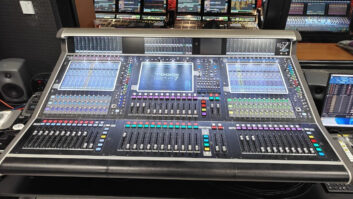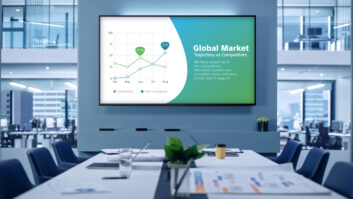
Brice McPheeters, a business development manager with NanoLumens, discusses the impact connected technology is having on the digital signage market
The Internet of Things has arrived, and its reach is expanding. In its increasingly common usage, the term “Internet of Things” refers to the network of every day physical objects, structures, and vehicles linked to and accessible through internet connectivity. Each has embedded within it the necessary and sufficient technology to communicate with the external world. It’s not just our phones, home devices, and cars that are synced to each other through an internet connection; the digital signage industry has also solidified its presence on the grid.
One of the primary virtues brought about by the establishment of digital signage within the Internet of Things is how versatile this marvelous display technology has become. LED signage, paired with integrated content management systems equipped with internet connectivity like NanoLumens’ AWARE system, are now customisable and alterable remotely. The capacity to control display content from anywhere grants content managers an immeasurable upgrade in flexibility, and allows content to be updated in real time to keep consumers informed and engaged. It is imperative for signage to be topical, and the improving mobile management capabilities of network-connected digital signage are an invaluable tool for achieving that.
LED displays like those built by NanoLumens are also available with built-in cameras and beacons that can identify a consumer’s age, gender, and emotion. As artificial intelligence technology advances, the digital signage content management systems will be able to gather and analyse this data to make content decisions on their own, freeing up content managers to focus their attention on other areas of their organisation. Consumers understand that businesses have access to audience analytics, and they increasingly expect that data to be used to improve their experience. Today’s best network-connected digital signage will be able to fulfill this request with ever greater speed and accuracy.
With all this utility in play, it’s clear that as the digital signage industry fully incorporates itself into the Internet of Things, the versatility and efficacy of displays will skyrocket. Content managers will have the tools to optimize the performance of their installations, and audience members will have the power to invest their personal tastes in their display experience. The internet of things has brought the digital display signage industry into the present, and it will continue to drive it into the future.
Brice McPheeters is a business development manager with NanoLumens







